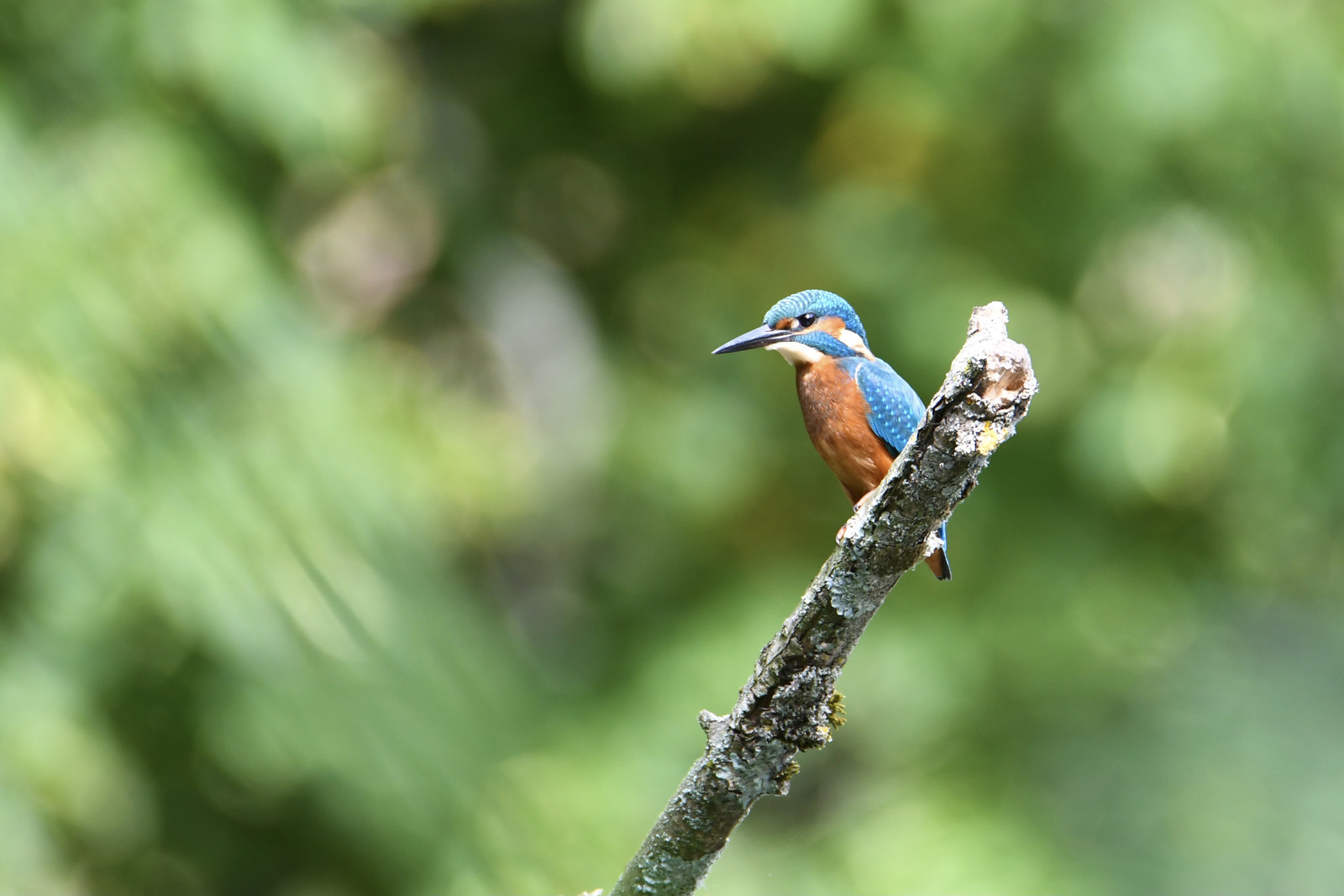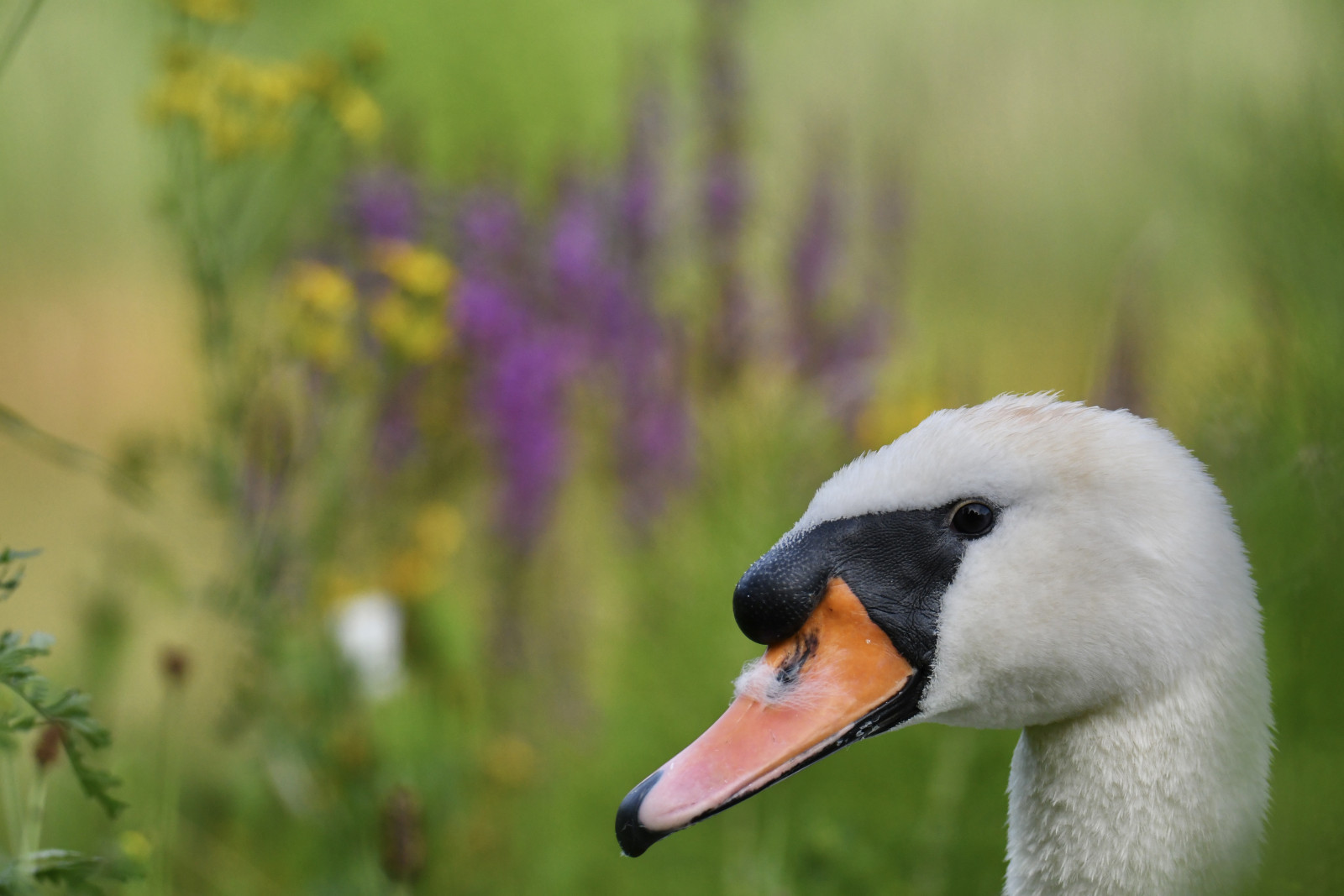Description
Domaine des Silex is an interesting birding area because it is located on the edge of the Soignes forest and has 2 ponds. This means that you can see a wide variety of birds (forest birds and water birds). You can see all the species of tits present in Brussels (kuusitiainen, töyhtötiainen, viitatiainen, sinitiainen, talitiainen and pyrstötiainen), all woodpecker species (käpytikka, pikkutikka, tammitikka, palokärki and vihertikka), thrushes (laulurastas, punakylkirastas and räkättirastas), common garden and park birds (peukaloinen, punarinta, rautiainen, etelänpuukiipijä, pähkinänakkeli, peippo, viherpeippo hippiäinen, tulipäähippiäinen, sepelkyyhky, uuttukyyhky, varis , naakka, närhi and harakka), raptors (hiirihaukka, varpushaukka, kanahaukka, Mehiläishaukka, muuttohaukka and nuolihaukka) and lots of waterfowl (sinisorsa, punasotka, tukkasotka, Liejukana, nokikana, [ [Dodaars]], silkkiuikku, harmaasorsa, kyhmyjoutsen, harmaahaikara, occasionally the jalohaikara, Luhtakana, ,merimetso, and the kuningaskalastaja!
_________________________
Français: Petite réserve Natura 2000 en bordure de Foret de Soignes avec 2 étangs, un grand et un petit(ce dernier est accessible que les samedis ou 1er dimanche du mois). Ce site est d'un grand intéret car il est en bordure de Foret de Soignes et comporte 2 étangs, ce qui fait que on peut y voir une grande variété d'oiseaux (oiseaux forestiers et oiseaux d'eau).
On peut voir ici toutes les éspèces de mésanges présentes sur Bruxelles ( kuusitiainen, töyhtötiainen, viitatiainen, sinitiainen, talitiainen et pyrstötiainen), toutes les éspèces de pics présentes sur Bruxelles ( käpytikka, pikkutikka, tammitikka, palokärki et vihertikka), des grives ( laulurastas, punakylkirastas et räkättirastas), les oiseaux communs des jardins et parcs ( peukaloinen, punarinta, rautiainen, etelänpuukiipijä, pähkinänakkeli, peippo, viherpeippo hippiäinen, tulipäähippiäinen, sepelkyyhky, uuttukyyhky, varis, naakka, närhi et harakka), des rapaces ( hiirihaukka, varpushaukka, kanahaukka, Mehiläishaukka, muuttohaukka et nuolihaukka) et plein d'oiseaux d'eau ( sinisorsa, punasotka, tukkasotka, Liejukana, nokikana, pikku-uikku, silkkiuikku, harmaasorsa, kyhmyjoutsen, harmaahaikara, occasionellement la jalohaikara, Luhtakana, naurulokki,merimetso, et le kuningaskalastaja !
Details
Access
The site is accessible by tram line 8 or bus line 17. A car park can be found on the square opposite the Chemin des Flints, by which you access the site. You can also reach the area by bike but not enter the site with the bike. Bicycle parking is available at the entrance.
_________________________
Français: Le site est accessible avec la ligne 8 de tram ou 17 de bus, et en voiture des places peuvent etre trouvées sur la place en face du chemin des silex, par lequelle vous accedez au site. Vous pouvez y acceder à vélo mais pas rentrer dans le site avec le vélo; un parking a vélo est disponible a l'entrée.
Terrain and Habitat
Forest , Wetland , Grassland , Scattered trees and bushes , ReedbedsConditions
FlatCircular trail
YesIs a telescope useful?
YesGood birding season
All year roundBest time to visit
SpringRoute
Wide pathDifficulty walking trail
EasyAccessible by
FootBirdwatching hide / platform
NoExtra info
In addition to all the species mentioned above, other species can be observed on the site depending on the season. In winter, the presence on the pond of tavi, Luhtakana, and the Lapasorsa can be noted. On the site you will most certainly be able to see the vihervarpunen, with luck järripeippo, and with a lot of luck ruskourpiainen. Stopping on the site during migration you can see in particular rantasipi and metsäviklo, lehtokerttu, sepelrastas, mustapäätasku, kirjosieppo ( not very frequent), mustaleppälintu, silkkikerttunen (an individual has been present on the site since October 2021), the ruokokerttunen and the leppälintu.
And finally, in summer you can see tervapääsky, many räystäspääsky, haarapääsky, Mehiläishaukka, nuolihaukka, pajulintu, tiltaltti, rytikerttunen, and occasionally the luhtakerttunen as well as the harmaasieppo. On migration, you can see above your head the keltavästäräkki, niittykirvinen, kangaskiuru, kiuru, punakylkirastas, räkättirastas and kottarainen (these last 3 can also be seen on the site). Note that during the whole year you can observe with a little luck punatulkku and nokkavarpunen, as well as viherpeippo. In flight and occasionally landed on the site you can see tikli and pikkukäpylintu, but for these 2 you need a good eye!
_________________________
Français: En plus de toutes les éspèces mentionés précèdemment, on peut observer sur le site d'autres éspèces en dépendant de la saison. En hiver, on peut noter la présence sur l'étang de la tavi, le Luhtakana, et le Lapasorsa. Sur le site on pourra voir très certainement le vihervarpunen, avec de la chance le järripeippo, et avec un gros coup de bol le ruskourpiainen. En halte sur le site on peut voir nottament le rantasipi et le metsäviklo, la lehtokerttu, le sepelrastas, le mustapäätasku, le kirjosieppo( pas très fréquent),le mustaleppälintu , la silkkikerttunen (meme si un individus est présent a ce jour sur le site depuis octobre 2021!), la ruokokerttunen et le leppälintu.
Et pour finir, en été on pourra voir le tervapääsky, de nombreuses räystäspääsky,l' haarapääsky, la Mehiläishaukka, le nuolihaukka, le pajulintu, le tiltaltti, la très characteristique du site rytikerttunen, et occasionellement la luhtakerttunen ainsi que le harmaasieppo. En migration, on saura voir au dessus de nos tetes la keltavästäräkki, le niittykirvinen, l' kangaskiuru, l' kiuru, la punakylkirastas, la räkättirastas et l' kottarainen (ces 3 derniers peuvent aussi etre observés sur le site). A noter que pendant toute l'année on pourra observer avec un peu de chance le punatulkku et le nokkavarpunen, ainsi que le viherpeippo. En vol et occasionellement posés sur le site on pourra voir le tikli et le pikkukäpylintu, mais pour ces 2 là vous avez interet a avoir une bone ouille !



